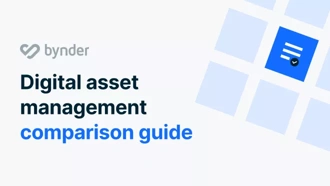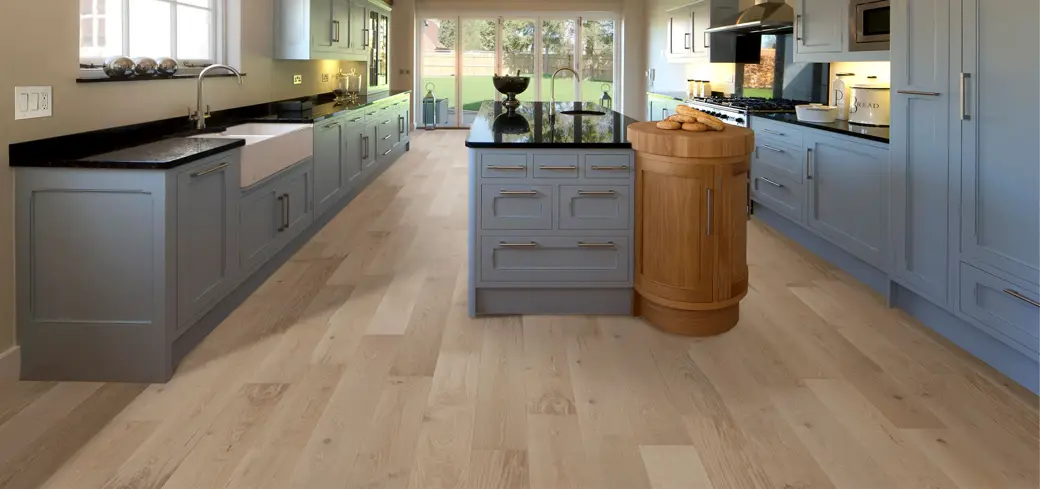
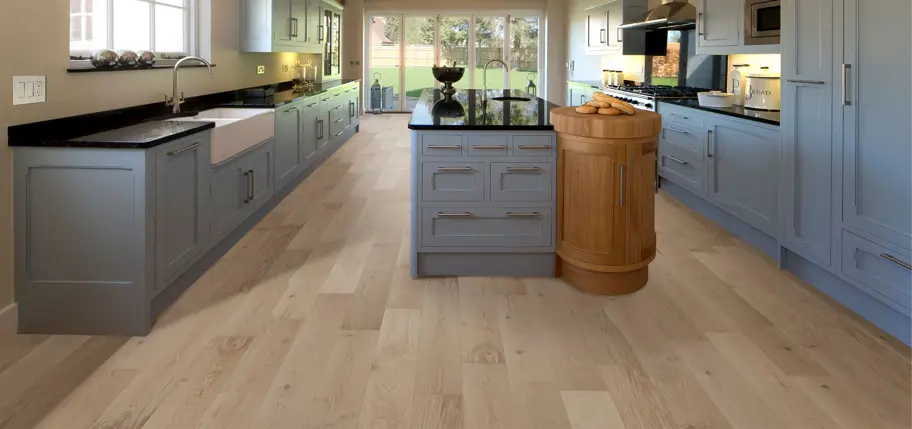
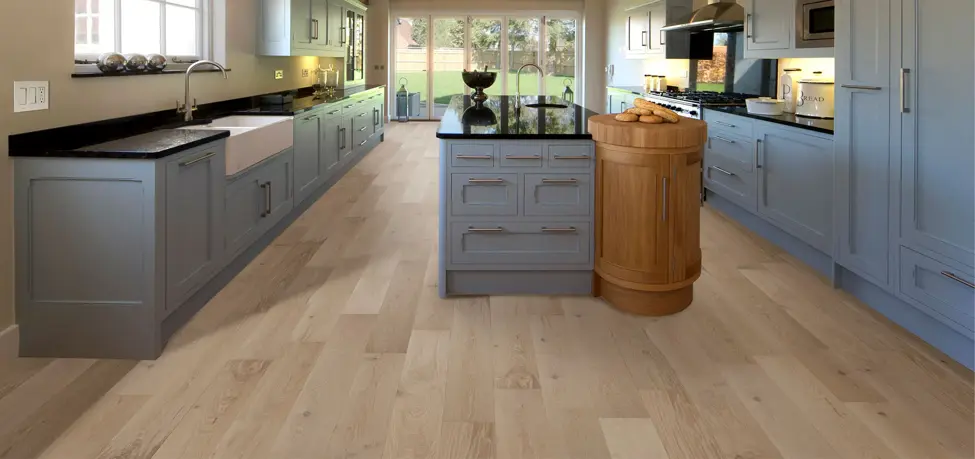
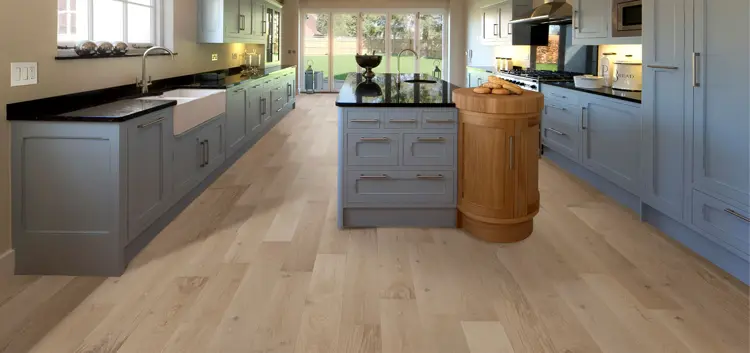
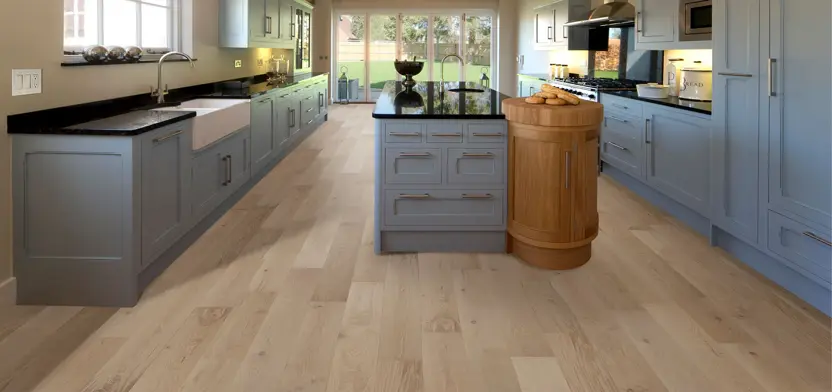

200+
employees
13 years
on Inc 5000 Fastest Growing Company list
$202M
in sales for FY22
Founded in 2004 by two surfers with a dog and a van, CALI is a San Diego-based manufacturer and distributor of eco-minded flooring, decking, and other building materials.
Background
In today’s omnichannel retail landscape, brands must diversify their go-to-market (GTM) strategies to succeed. By leveraging both retailers and direct sales channels, brands can increase their reach and revenue.
But with a presence across multiple channels, it is crucial to manage product data and visual assets effectively to provide a consistent and engaging customer experience.
That’s because today’s digital consumers have high expectations for their shopping journey. In fact, 58% of shoppers will abandon their online shopping cart if there isn’t enough information present on the product page.
San Diego-based CALI, a forward-thinking retail brand who specializes in quality and sustainable flooring offerings, is taking this challenge head-on with success.
The challenge
The early years of managing the CALI visual brand involved a lot of manual work and reinventing the wheel daily. Their first online media repository was Flickr, which lacked intuitive search capabilities and caused their content to become outdated quickly. Flickr also had poor visibility controls, making it difficult to track who had access to each asset.
To manage their product information, CALI used Google Sheets which meant that they had to manage media assets and product information across four different systems: Flickr, Google Drive, their website, and NetSuite (ERP). Updating a single asset was a time-consuming process, as it required changes to be made in each system.
Managing their media assets was turning into a full-time job, and it was clear that the retailer needed a more efficient way to handle it all.
Bynder’s robust taxonomy, metaproperties, and search capabilities free me up from having to find assets for people. I no longer get requests for visual assets because everything can be easily found in the DAM.Walker Hicks
Art Director at CALI
The need
CALI needed a Product Experience Management (PXM) technology
to synchronize product data with their retailers and a Digital Asset Management (DAM) platform to house their assets. This would allow them to create a single source of truth for product information and media assets, and deliver consistent product experiences across all channels.
In short, CALI was looking for a best-in-class DAM and PXM solution that could:
- Act as a centralized repository for all of their product information and media assets
- Deliver consistent, on-brand content across all digital touchpoints
- Optimize media assets for different channels
- Automate manual processes to accelerate time-to-market and growth capabilities
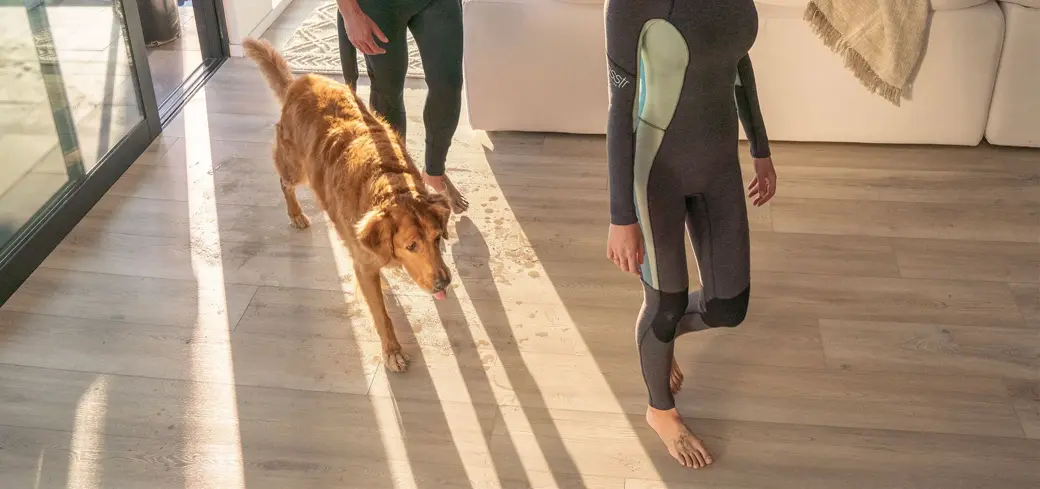
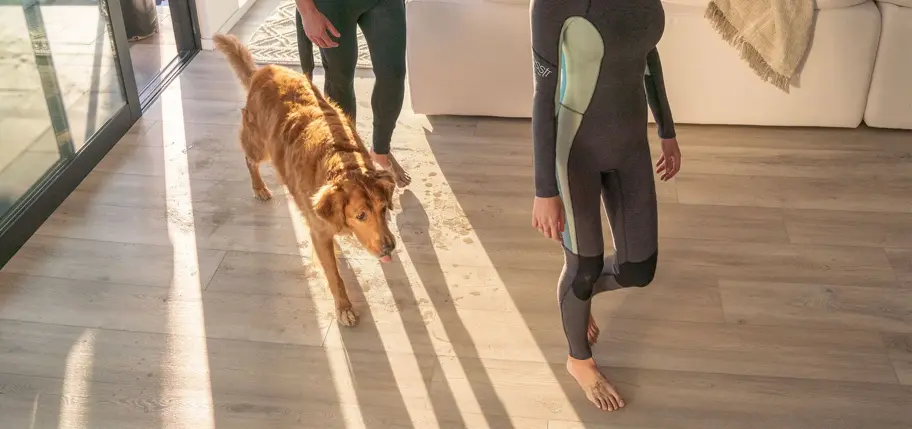
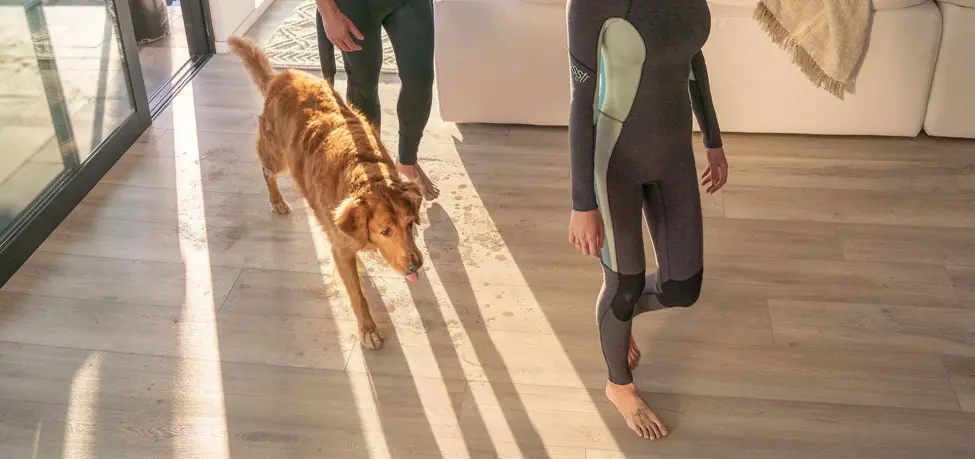
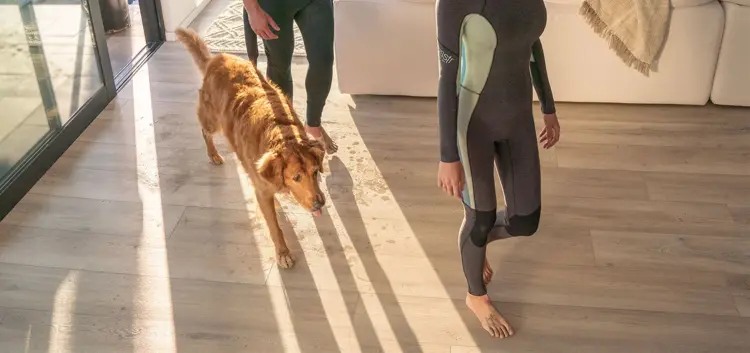
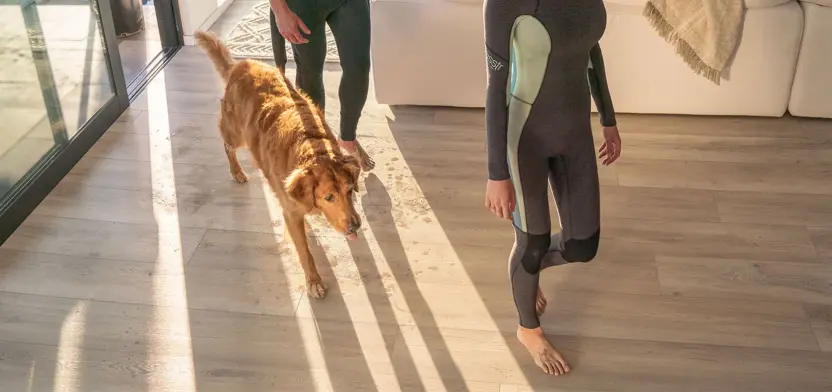
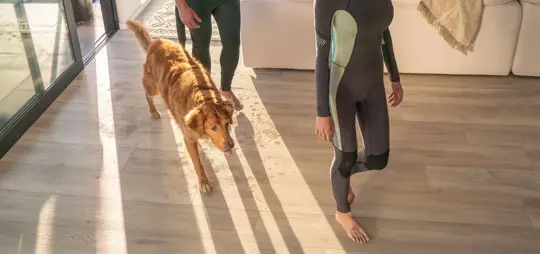
The solution
Back in 2020, CALI implemented Salsify’s PXM platform to overcome their product data management challenges. With Salsify, CALI was able to:
- Stop reinventing the product data wheel by centralizing their product data and automating updates across all channels.
- Create custom feeds for each retailer based on their specific requirements.
- Use Salsify URLs as a CDN with dynamic transformations to deliver optimized media assets to customers.
Two years later, CALI implemented Bynder’s digital asset management solution (DAM) as a one-stop shop for all of their media assets. With Bynder, CALI could:
- Store all of their assets in a single cloud- based location.
- Use robust taxonomy, meta property, and search capabilities to quickly and easily find media assets.
- Set flexible permissions and visibility controls to ensure that only the right people have access to the right assets.
- Store a wide range of file formats, including images, videos, documents, and audio.
Thanks to Bynder, there’s an increased visibility of our assets across the organization. Our employees are empowered to find and use assets in the DAM for their marketing campaigns.Walker Hicks
Art Director at CALI
The benefits
One of the key benefits for CALI is that when an asset is updated in the Bynder DAM, it’s updated across all touchpoints. This saves the team a lot of time and effort, as they no longer have to manually update the same file across multiple systems.
For example, thanks to the Bynder x Salsify integration, all product assets updated in the DAM are automatically synced with their Product Detail Pages (PDP) and network of online retailers.
In the past, CALI’s employees would often have to contact the marketing team to request media assets, such as product images and videos. This was time-consuming for both the employees and the marketing team.
With Bynder, employees can now find and download the media assets they need on their own. This has reduced the number of media requests for the marketing team and freed up their time to focus on other tasks.
I’m able to update assets in Bynder and they update automatically across the full spectrum of digital touchpoints.Walker Hicks
Art Director at CALI
What’s next for CALI?
In the next year, CALI is looking to add a dealer portal to their website where dealers can manage their orders and get access to the latest assets via Single sign-on (SSO).. This will streamline the process for dealers to order products and get the marketing materials they need to sell them.
CALI is also looking to leverage the Bynder DAM to take all of their user-generated content of floors in people’s homes and get it onto their product pages in a UGC carousel. This UGC content can be used to create compelling product pages that showcase CALI’s products in a real-world setting.

